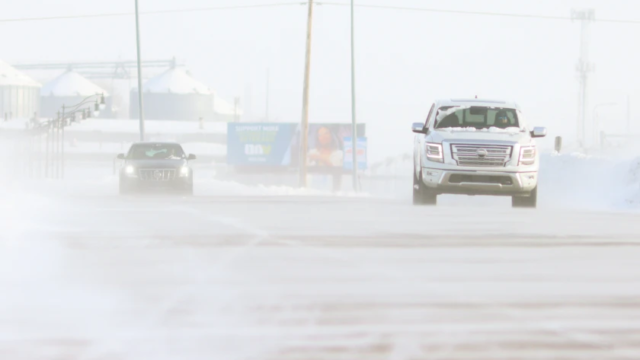Port: Turning our energy and transportation industries into command economies has been a mistake

MINOT, N.D. — It is my custom to take vacation time the week between the Christmas and New Year holidays, and this year I spent some of that time horrified about what was happening in Buffalo, New York.
Dozens have died after a winter storm roughly 95 inches of snow on that city and the region. About half died after power outages left homes unheated. Perhaps those who left their homes and died stranded and unreachable in the blizzard conditions fled those outages to find someplace warm.
It was a reminder, stark and grim, that in parts of the world like ours, where winter can be brutal and unforgiving, the power supply isn’t merely a matter of convenience. It can be the difference between life and death.
It is in that context that I ran across this video from the Lignite Energy Council, a group representing North Dakota’s coal interests. It’s short and a bit glossy, but it also gives some insight into a process most of us don’t spend much time thinking of. It shows North Dakota coal workers bustling through our December blizzard that, while not as severe as what hit Buffalo, still featured heavy snows, high winds, and frigid temperatures.
These folks kept working so that our lights came on when we hit the switch, and our furnaces continued to blow warm air through our vents.




